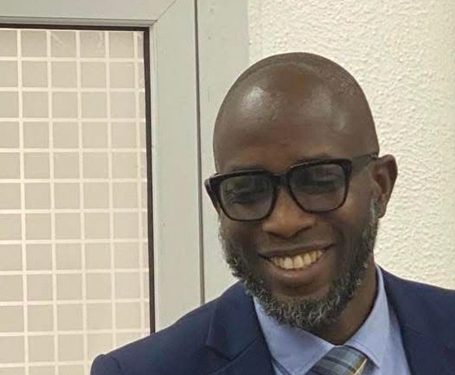By Francis
Copyright thebftonline

By Abdul-Mansuur IBRAHIM
Microfinance has gained global acclaim as a significant poverty reduction tool in many developing countries. Few recent innovations have held as much hope for reducing poverty in developing countries as microfinance. Indeed, microfinance is perceived as a crucial driving mechanism toward achieving the Sustainable Development Goal of eradicating extreme poverty and hunger.
Provision of financial services is one of the important economic inputs in the efforts to reduce poverty and empower economically marginalised segments of society. These marginalised poor people have limited access to financial services from formal financial institutions, especially in developing countries.
Because the formal financial system has inadequate geographical reach, lacks skilled manpower, has high risk perception and requires collateral, poor people find it difficult to obtain adequate amounts of credit and are charged high rates of interest by monopolistic moneylenders.
Poverty reduction is unarguably the overarching objective for governments, NGOs and other developmental partners investing in microfinance. According to leading advocates in the field, microfinance has the capacity to efficiently and effectively provide sustainable financial services to poor households who are otherwise excluded from conventional financial systems for lack of collateral. Microfinance is not simply banking, it is a development tool.
In the microfinance industry during recent times, there has been a palpable shift from the poverty reduction objective to enabling microfinance institutions. In this regard, the success of microfinance institutions is judged by their ability to be financially sustainable and the poverty reduction objective is assumed to be achieved when microfinance services are made available to the poor.
This implies that more microfinance can be substituted for more poverty reduction. Poverty is a broad, multifaceted and multidimensional concept that involves the economic, social, political and environmental well-being of the people.
Microfinance institution programmes gained worldwide acceptance and popularity in the 1980s for providing financial services to the poor. Recent developments in the design of microfinance schemes have come with innovative features which resulted in reduced costs and risks of making loans to poor and isolated people – and made financial services available to people who were previously excluded.
Microfinance interventions can increase income, consumption, saving, investment, employment opportunities, better access to nutrition, health care and education. A developing nation like Ghana has a majority of its citizens in the low- to medium-income bracket, engaged in one way or another in small- to medium-scale enterprises.
To meet the challenges that these enterprises, which are in the private sector, face and the potential they possess, the issues of microfinancing and structures set out by microfinance institutions must be such that microfinancing for small scale businesses actually works.
The purpose of microfinance institutions is not just about providing capital for the poor to combat poverty on an individual level; they also have roles at an institutional levels. They seeks to create institutions that deliver financial services to the poor, who are continuously ignored by the formal banking sector.
The economically active poor are generally excluded from the economy’s financial services sector – so MFIs have emerged to address this system failure. By addressing this systemic gap in a financially sustainable manner, MFI’s can become part of the formal financial system of a country and so access capital markets to fund their lending portfolios – allowing them to dramatically increase the number of poor people they can reach. In the next article, I will be focusing on the strides microfinance has made toward empowering the economically active poor in our society.
The writer works with Consolidated Bank Gh. Ltd.